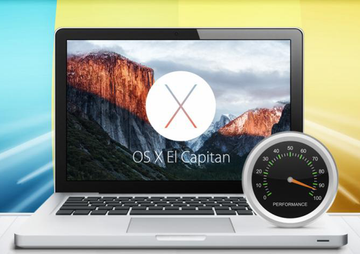Learn the common OS X El Capitan problems and be instructed on the workflow of downgrading to previous operating system version in a hassle-free way.
Apple’s brand-new OS X El Capitan centers around speed, stability and security. The existing Mac customers whose boxes meet this operating system version’s technical specifications qualify to get their upgrade for free, which is great news given the anticipations of a better performance, simplicity and a more streamlined experience with the Split View multitasking as well as refined features, including Apple Maps, Spotlight, Notes, Photos, and Safari browser. Both the end users and experts enjoy the new look and feel of the platform, plus it’s processing the commonplace tasks notably faster. Just like it often times occurs with upgrades, though, there are some flies in the ointment along the way. The current bugs with wireless connection, apps and peripherals, obviously, will be gradually fixed as subsequent El Capitan updates are rolled out, but what to do if the wait isn’t an option?
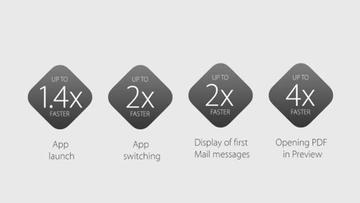
Let’s review some of the issues reported by users after upgrading to El Capitan. Quite a few Mac computer owners are encountering WiFi problems, in particular slow connection or hurdles establishing it altogether. There are widespread Bluetooth issues, especially in regards to Magic Trackpad connectivity, which won’t let people use their mouse and other wireless devices. Some users are complaining of annoying sidebar opening in the updated Safari at random. The Photos app has been giving customers a hard time too, displaying a message that says “Photos must quit because the photo library has become unavailable or its data is corrupt”. Previewing photos might make them come up green. To top it all off, Microsoft Office products for Mac are known to be crashing – the problem is being worked on, but the timeline for the fix isn’t clear thus far.
Beyond any doubt, the multiple El Capitan bugs are going to be addressed by Apple in the near future. Sometimes, however, the user needs full functionality of their machine right here and right now, for instance when a project deadline is approaching or similar. If that’s the case, it’s possible to downgrade to the previous OS X version as a temporary or permanent measure. Importantly, this process should be complemented by restoring all data. The section below covers the steps to uninstall OS X El Capitan and reinstall Yosemite the right way.
Uninstall OS X El Capitan manually
Before proceeding, think twice whether the current issues after upgrading to El Capitan are critical enough to switch back. If so, make sure the machine is connected to the Internet and follow the steps below.
1. Click on the Apple icon in the top left part of the desktop and select Restart from the drop-down
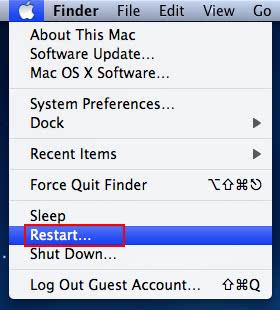
2. As the machine is restarting, press Command + R

3. Select Disk Utility on the Mac OS X Utilities screen and click Continue
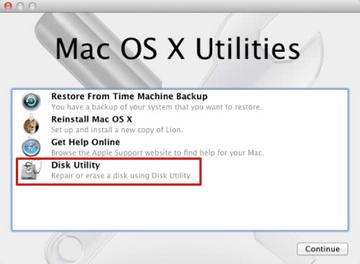
4. Highlight the startup disk and hit Erase tab
5. When a popup window appears, make sure the OS X Extended (Journaled) is selected in the Format field and assign a name to your disk (e.g. Macintosh HD)
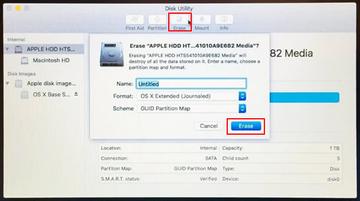
6. Click the Erase button and wait for the operation to complete.
Reinstall OS X Yosemite
The Mac maintenance and security app called Combo Cleaner is a one-stop tool to detect and remove OS X El Capitan virus. This technique has substantial benefits over manual cleanup, because the utility gets hourly virus definition updates and can accurately spot even the newest Mac infections.
Furthermore, the automatic solution will find the core files of the malware deep down the system structure, which might otherwise be a challenge to locate. Here’s a walkthrough to sort out the OS X El Capitan issue using Combo Cleaner:
Download Combo Cleaner installer. When done, double-click the combocleaner.dmg file and follow the prompts to install the tool onto your Mac.
By downloading any applications recommended on this website you agree to our Terms and Conditions and Privacy Policy. The free scanner checks whether your Mac is infected. To get rid of malware, you need to purchase the Premium version of Combo Cleaner.
Open the app from your Launchpad and let it run an update of the malware signature database to make sure it can identify the latest threats.
Click the Start Combo Scan button to check your Mac for malicious activity as well as performance issues.

Examine the scan results. If the report says “No Threats”, then you are on the right track with the manual cleaning and can safely proceed to tidy up the web browser that may continue to act up due to the after-effects of the malware attack (see instructions above).
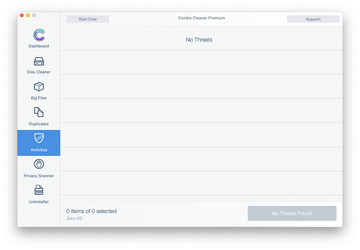
In case Combo Cleaner has detected malicious code, click the Remove Selected Items button and have the utility remove OS X El Capitan threat along with any other viruses, PUPs (potentially unwanted programs), or junk files that don’t belong on your Mac.
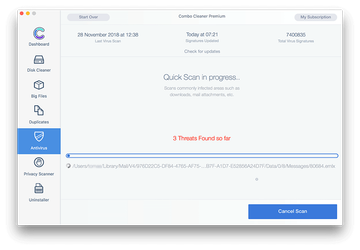
Once you have made doubly sure that the malicious app is uninstalled, the browser-level troubleshooting might still be on your to-do list. If your preferred browser is affected, resort to the previous section of this tutorial to revert to hassle-free web surfing.
